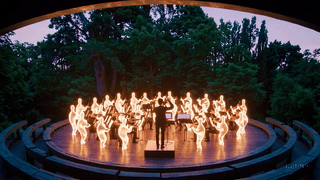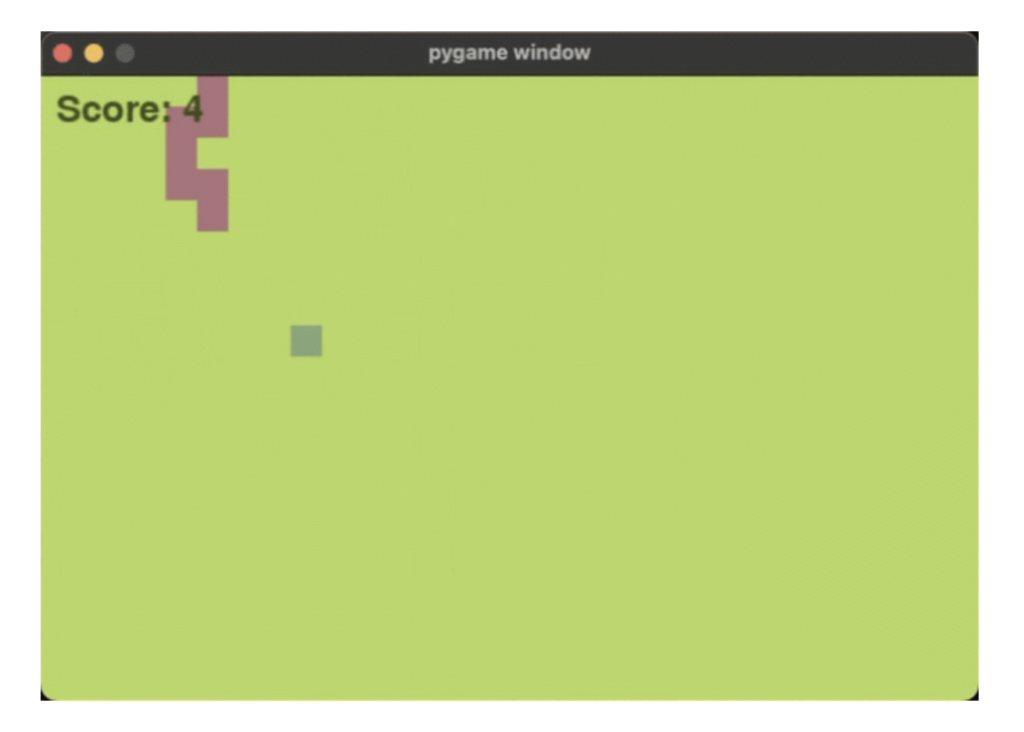
Have you noticed how the AI landscape is quietly transforming beneath all the headline-grabbing chat models? I’ve been diving deep into something that’s truly revolutionary – the orchestration of specialized AI agents working in concert. This isn’t just an incremental improvement; it’s a fundamental shift that’s about to change everything about how AI works.
Beyond the Single Mind: The Power of Many
Current AI systems are like brilliant soloists – impressive, but inherently limited by their singular nature. Think about it like The Beatles. Individually talented, but together? Magic. That’s what we’re seeing with this new pattern of AI development – it’s not about a single massive model, but multiple specialized agents creating something greater than the sum of their parts.
Recently, AI helped create a new “Beatles song” that topped the charts. It wasn’t AI replacing The Beatles – it was AI elevating what was already great, making something that wouldn’t have been possible otherwise. That’s exactly what these orchestrated systems do – they don’t replace human creativity and ingenuity, they amplify it.
You are The Beatles. The AI is your copilot, elevating your work to the next level. And if AI can elevate The Beatles, it can elevate anything.
The Conductor Architecture
At the center of this revolution is what I’m calling the “Conductor Architecture” – a unified intelligence that coordinates various specialized agents. The user interacts with this seamless entity, never realizing that behind the scenes, an entire orchestra of specialized intelligences is working to solve their problem.
This is the true problem solver – the magic solver we’ve been waiting for. With orchestrated AI, the world moves at the speed of ideas. That’s the real revolution.
Individuals are already building POCs that demonstrate massive time savings through these agent systems. They’re not waiting for the future – they’re building it now through quick workshops that demonstrate immediate value.
Leaving No Stone Unturned
What’s mind-blowing about this approach is how it fundamentally transforms problem-solving. The missing link has always been context. How many times have you heard “Okay, next time I will” from an AI system? That’s the value of shared context across multiple agents – it makes everything 10x more productive for everyone. The more you use it, the better it gets.
But it goes even deeper. These systems can:
- Generate memory files for whatever context they need
- Create subtly different memory variations
- Mix and match memories infinitely
- Run everything in parallel
Imagine saying “Give me the most up-to-date readout” and getting insights from dozens of parallel explorations. You can literally create a multiverse of solutions to the same problem, each with different approaches, and see which ones emerge as winners.
From Theory to Reality
This isn’t just theoretical – I’ve been looking at systems that implement versions of this architecture. Need a devil’s advocate for a tough decision? Set up an agent with the perfect role to challenge your thinking. Working on a complex problem? Deploy specialized agents to explore different angles simultaneously.
AI doesn’t just help you solve the problems you know about – it helps you solve problems you never even thought to ask about. That’s a literal superpower, like having Batman’s analytical mind at your disposal.
What This Means for the Future
We’re good at creating our reality, and ideas actually do create realities here. Want to write 10,000 personalized emails? Orchestrated agents can take that as far as possible, each handling different aspects of personalization and content.
For businesses, this means AI systems that can handle vastly more complex challenges. For everyday users, it means interacting with a single unified AI that has much deeper capabilities across diverse domains.
The beauty is that the end user never needs to know about the complexity behind the scenes. They simply interact with the conductor – the unified front-end that coordinates all these specialized intelligences seamlessly.
The Next Intelligence Explosion

I believe this orchestrated approach represents the next major leap in artificial intelligence. By breaking free from the constraints of single-model thinking, we’re opening the door to systems that can scale more effectively, learn from a vastly wider range of experiences, and solve previously intractable problems.
We’re at the beginning of this journey, but the architectural foundations are already being laid. In the coming years, I expect this multi-agent paradigm to become the dominant approach for advanced AI systems.
The future isn’t just bigger models – it’s smarter orchestration of specialized intelligence. And that future is arriving faster than most people realize.
Go forth into this new world of orchestrated AI – it’s going to transform everything!











